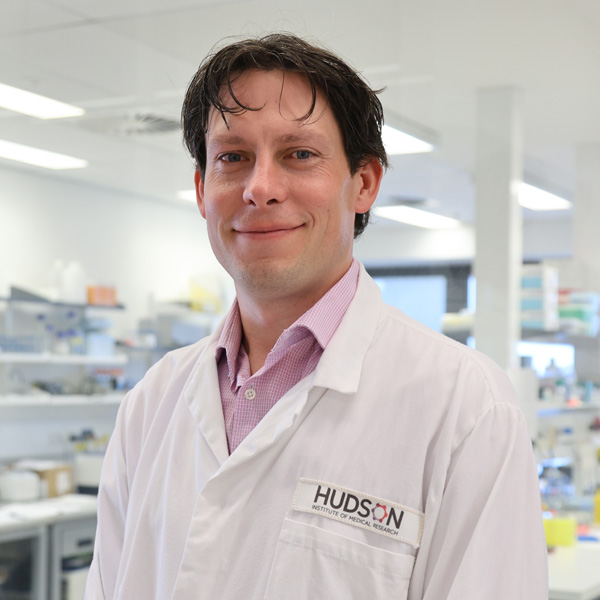The more diverse species in your gut, the better it is for your health, but an international team of researchers, led by Hudson Institute have now found a way to determine which species are important and how they interact to create a healthy microbiome.

With a new way to look at these gut microbiome relationships, they have opened the door to a new world of medical opportunities for conditions from Inflammatory Bowel Disease to infections, autoimmune diseases and cancers.
Associate Professor Samuel Forster and his team at Hudson Institute and Monash University, working with collaborators from the Institute for Systems Biology in the USA and local collaborators at Monash University and Monash Health, have spent years studying the gut microbiome and working out which species perform which functions to create a healthy microbiome.
He says now it’s possible to map not just what species are in the gut microbiome but how they interact and how that can affect the whole body.
“There are roughly 1000 different bacterial species in a healthy gut – it’s a microscopic multicultural community with over a trillion individual members,” A/Prof Forster said.
“Bacteria in our microbiomes exist as communities that rely on each other to produce and share key nutrients between them,” A/Prof Forster said. “We have developed a new computational way to understand these dependencies and their role in shaping a healthy microbiome.”
Unlocking healthy microbiome treatments
“This new method unlocks our understanding of the gut microbiome and provides a foundation for new treatment options that selectively remodel microbial communities.”
For example, in Crohn’s Disease, the team confirmed the importance of hydrogen sulphide. They discovered that the most likely cause is loss of bacteria that use hydrogen sulphide, not an increase in species producing it, as was previously believed.

The study’s lead author, Dr Vanessa Marcelino, says new computational way to study gut microbial communities was key to establishing these relationships.
“This is a significant step in the development of complex gut microbial therapies,” Dr Marcelino said.
“This approach allows us to identify and rank the key interactions between bacteria and use this knowledge to predict targeted ways to change the microbiome community.”
A/Prof Forster and his team have a long-standing relationship with Adelaide-based biotechnology company BiomeBank, which is working on new ways to treat and prevent disease by restoring gut microbial ecology.
“Through the partnership between the Hudson Institute and BiomeBank, these insights into community structure and a healthy microbiome will provide the opportunity for targeted intervention with rationally selected combinations of microbes,” he said.
Related information
- A/Prof Forster’s research program
- Modifying gut bacteria to treat IBD
- New precision identifies the microbiome keys to IBD
- Where the microbiome and the immune system meet
- Modifying gut bacteria to treat IBD







